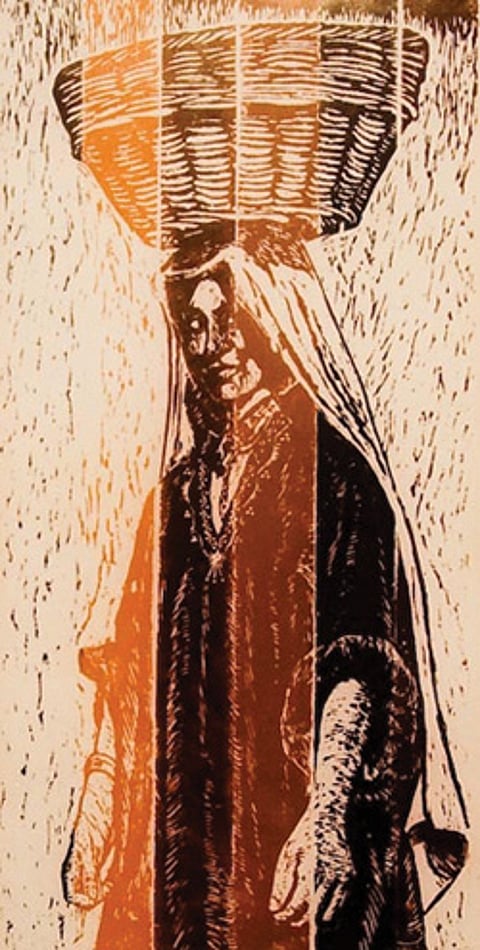The mass job guarantee
The National Rural Employment Guarantee Act of 2005 (NREGA, subsequently renamed after Mahatma Gandhi, or MGNREGA) was a landmark in Indian legislation. Under the act, as of April 2008, for the first time in India's history, all rural citizens have a legal right to work. In the operational guidelines for the act, the Indian government called this a paradigm shift from wage employment, stating that the legislation 'provides a rights-based framework for wage employment'. Today, the law guarantees every rural household in India – in practice, defined as a nuclear family of two adults and all dependent children – 100 days of employment every year, on demand, at a set minimum wage (currently INR 100 at the national level, though varying from state to state). The MGNREGA differs from other poverty-alleviation measures in one significant respect: Whereas most welfare programmes cast the state in the role of benefactor, offering handouts to the poor, the MGNREGA is built around notions of citizenship and entitlement.
India's landmark rural-employment legislation evolved out of a political response to a people's movement and the articulated needs of rural workers. It put the people's right to work in a legal framework, and placed economic and social empowerment of the poor and the marginalised at the centre of the state's development agenda. The focus was clear: in addition to the three points mentioned previously, an inability to provide work would establish the right to an unemployment allowance. All aspects of the MGNREGA are covered by mandatory transparency and accountability provisions; even the initial planning is to be with the Gram Sabha and endorsed by the people, ensuring that participatory democracy is in place.

